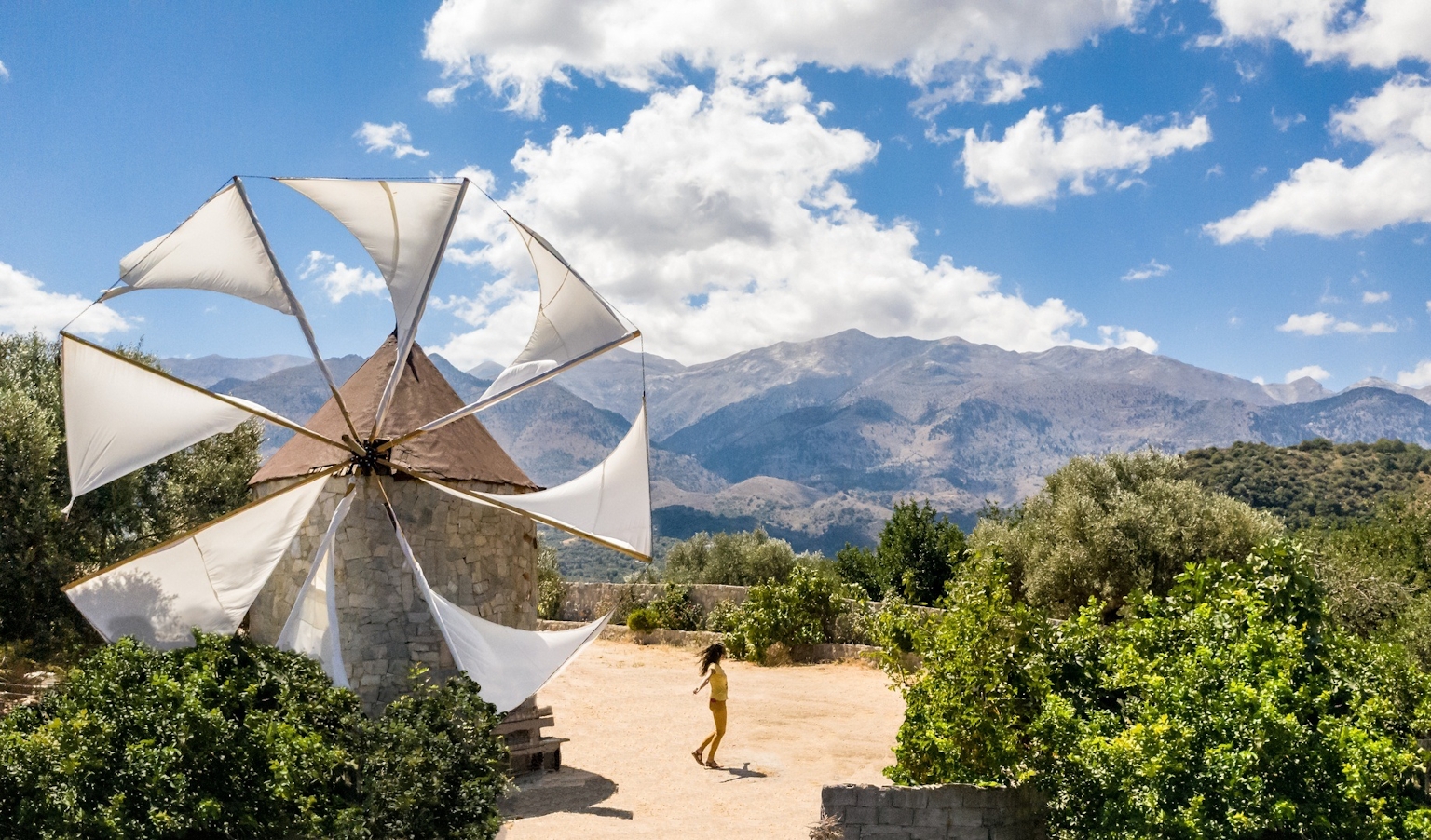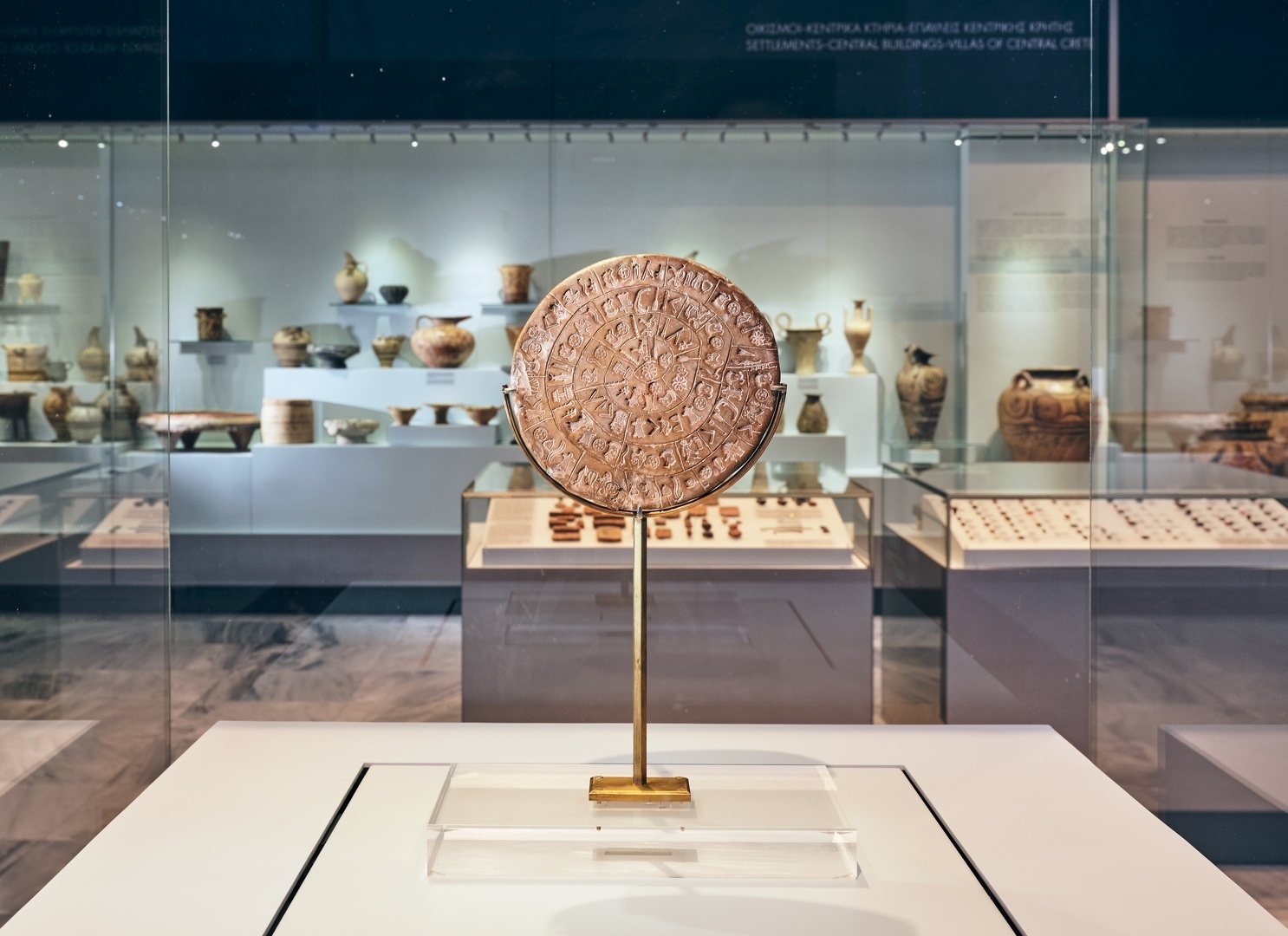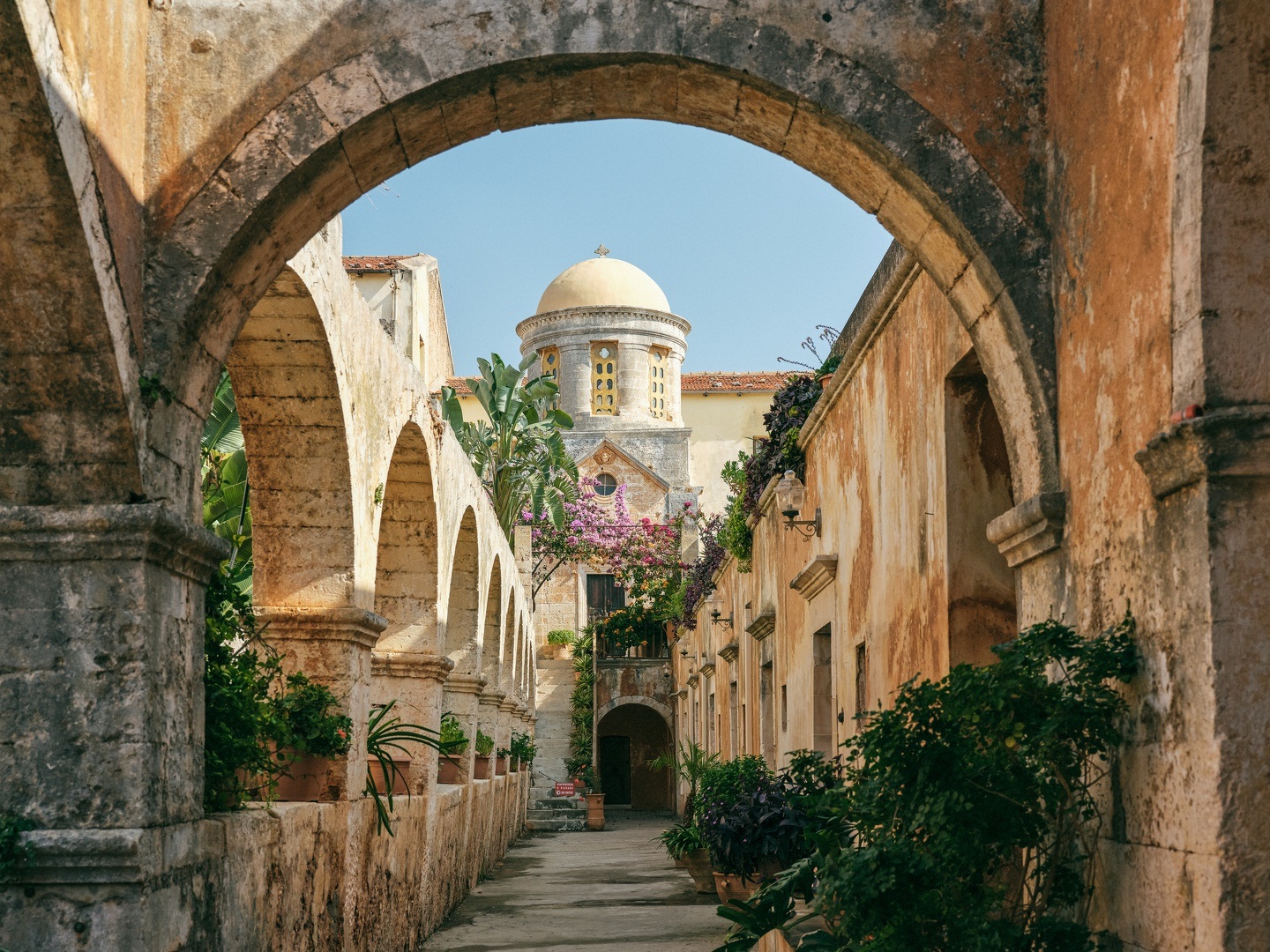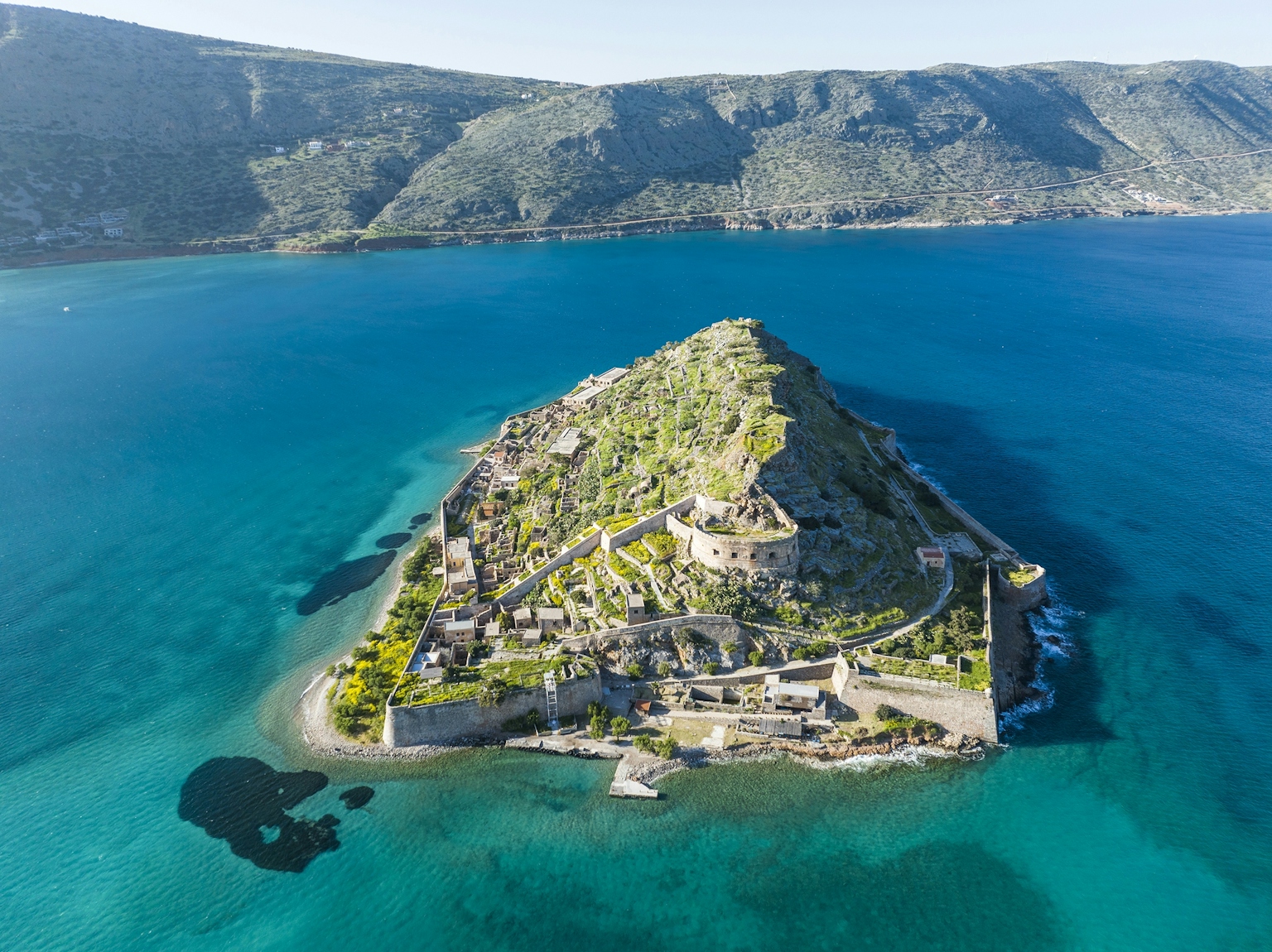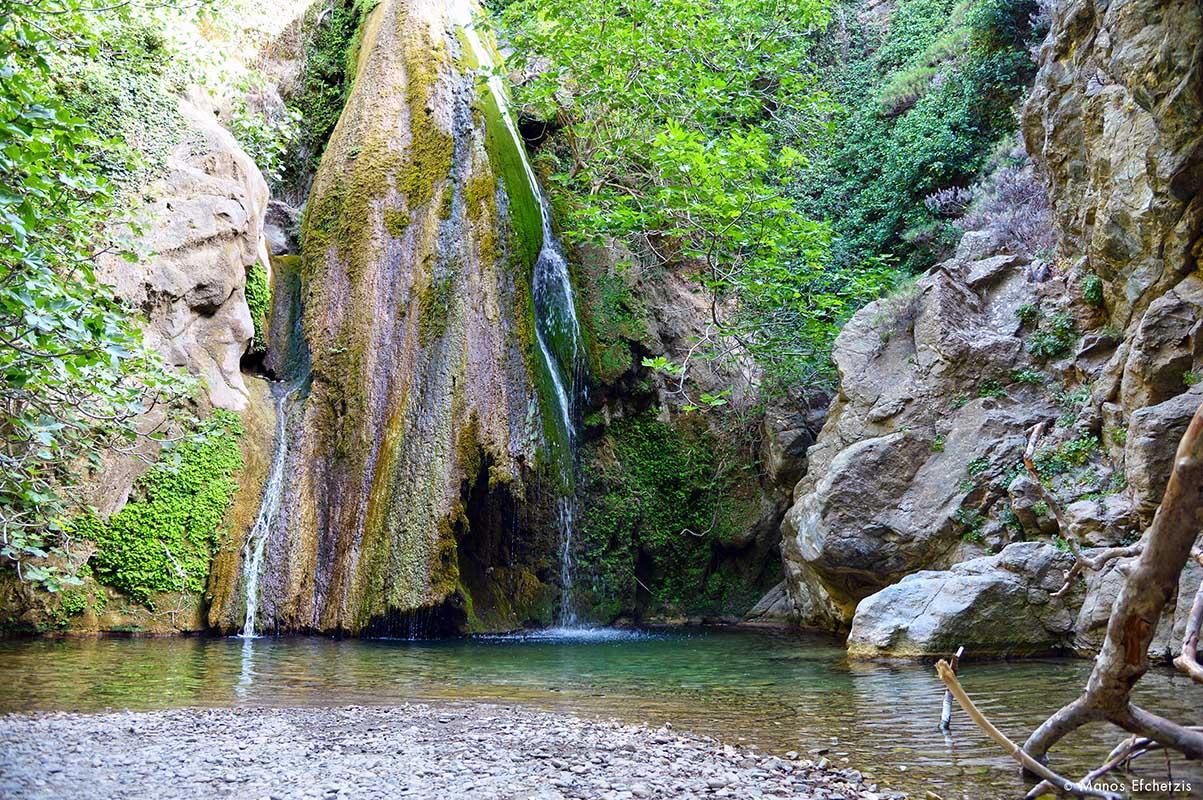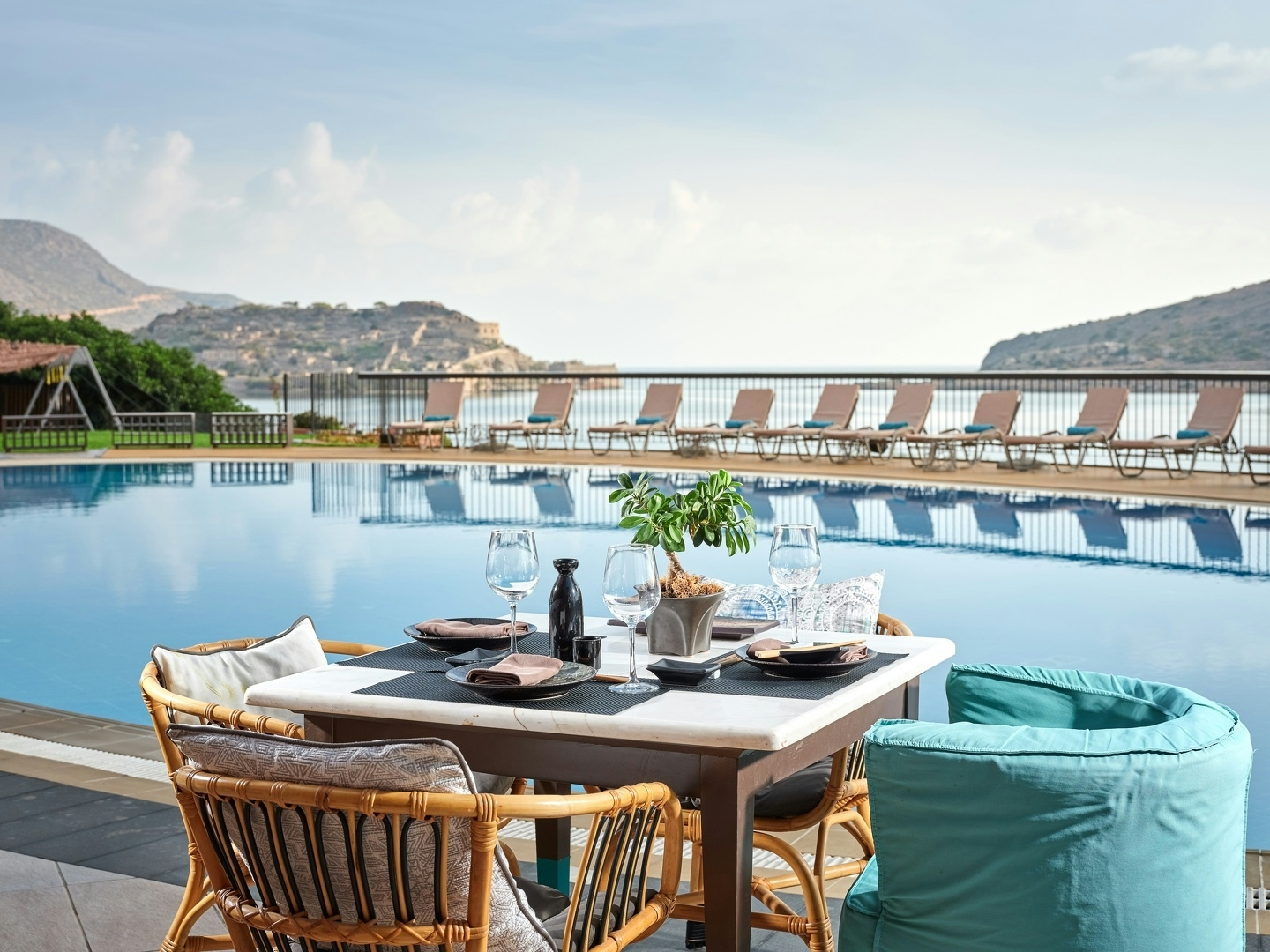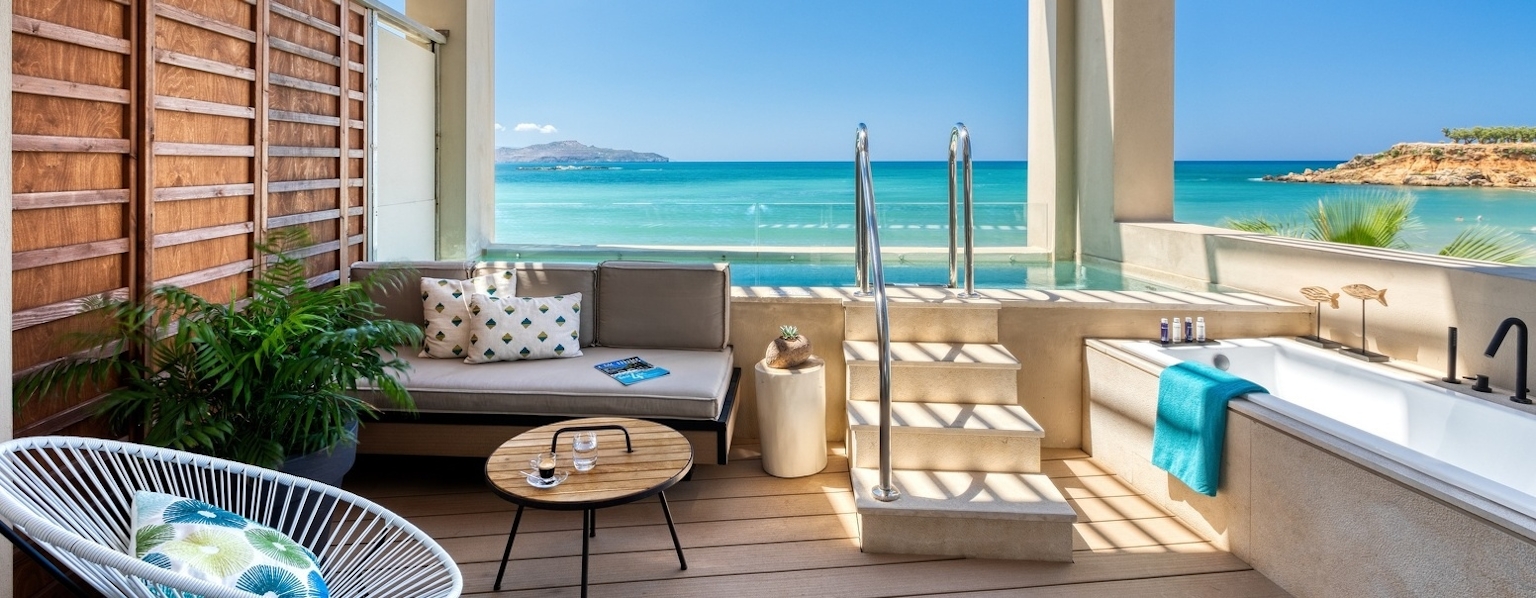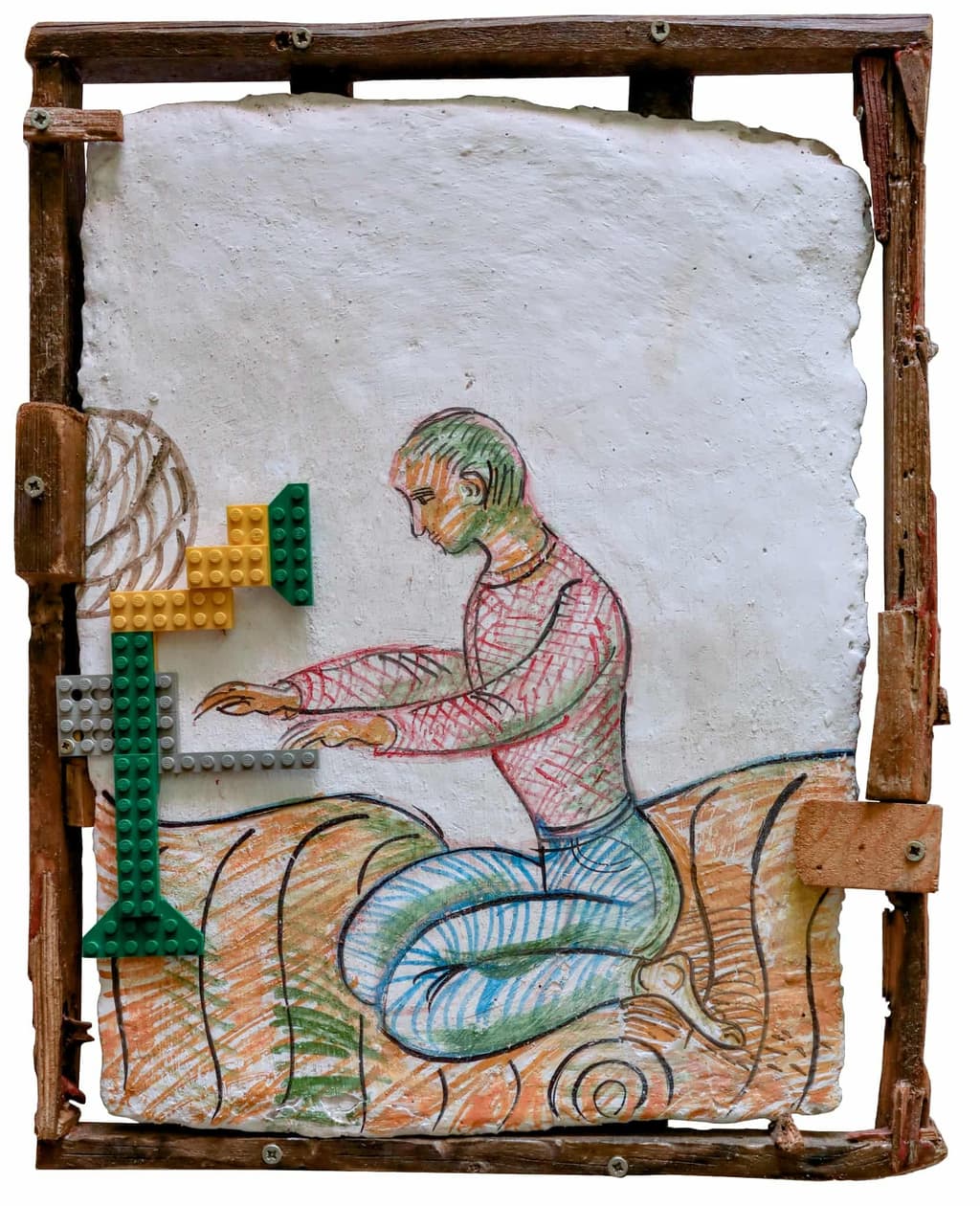The Palace of Archanes Never Fails to Surprise
Author Discover Crete
Culture
Culture


The excavation at the Palace of Archanes has once again brought to light fascinating insights into Minoan technique and aesthetics. This year’s research started by addressing a puzzle from the 2024 season: a slanted wall that blocked access to the Central Court, the main entrance, altars, and the Sacred Gate shrine—all key elements of the palace. The 2025 campaign focused entirely on this unusual architectural feature.
As is well known, the palace of Archanes, excavated by Yannis and Effie Sakellarakis, is a site of exceptional interest—its architecture, construction methods, and materials (notably porous limestone) reveal much about how the Minoans built and decorated their monumental spaces. The palace is full of architectural flourishes: pier-and-door partitions, gypsum-clad pilasters, altars, frescoes, and more.
Just as remarkable are the movable finds from earlier excavations—ivory and gold figurines, oil lamps with ornate decoration, and pottery featuring both marine and plant motifs.
To the west of the main building, in the area known as Tourkogeitonia, archaeologists unearthed a Linear A Archive and the famous Archanes House Shrine. Also worth noting: the theatre area north of the main building—a feature that underscores the scale and wealth of the palace.
Then there’s the palace necropolis at Fourni Hill, dating back to before 2000 BC. With its five tholos tombs and elaborate burial structures, it’s known for the richness of its grave goods: Cycladic figurines, ivory and gold seals, and jewellery made of semi-precious stones and gold—including the celebrated Archanes gold ring, engraved with a ritual scene.
Close by, the Anemospilia sanctuary, associated with human sacrifice, adds another dramatic chapter to the story of this palace. Its proximity to Knossos has led some to suggest that Archanes may have served as a seat of a branch of the Knossian dynasty.
This year’s excavation centred on the slanted wall mentioned earlier—not just because of its odd placement across the central courtyard, but because of the way it was built. The slant was no accident. It was designed to protect the palace from a landslide—specifically, a massive mass of rubble that fell from the eastern slope.
But this being Minoan Crete, function met beauty. The wall was double-sided: one face built to withstand the pressure of the rubble, the other carefully dressed with rectangular blocks of porous stone, matching the rest of the palace’s style.
Experts studying this feature have uncovered evidence of advanced construction know-how, though more time is needed before the results can be officially announced by the Ministry of Culture.
What is already clear is that this site saw continuous use. Stratigraphy from above the Minoan levels shows the area remained active in Mycenaean, Geometric, Hellenistic, and Roman times. This year’s finds from the Hellenistic period are especially intriguing, suggesting that the site was home to an elite class through the ages.
The excavation, carried out by the Archaeological Society under the direction of Effie Sapouna-Sakellarakis, included archaeologists Dimitris Kokkinakos, Persephone Xylouri, Polina Sapouna-Ellis, and illustrator Agapi Ladianou. The Region of Crete offered valuable support.

